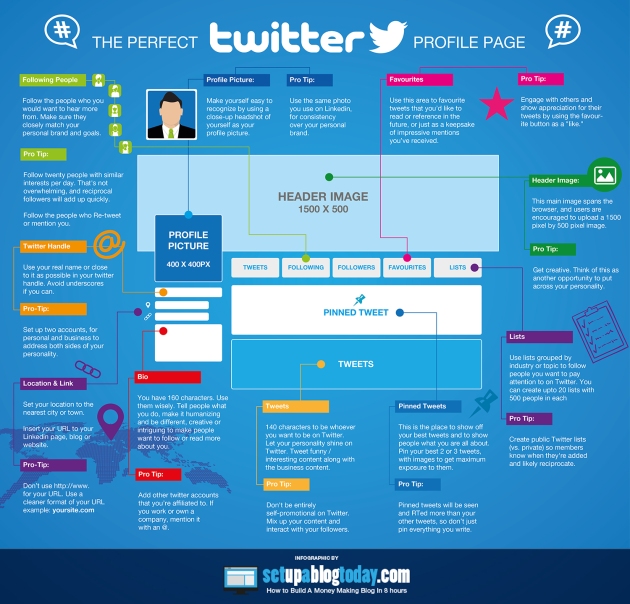Week 2: Long (blogs) and short (updates) forms.
Week 2: January 17-23.
Goals:
- Setting up Twitter.
- Understanding the relationship between tweeting (short form) and blogging (long form).
- Understanding how short and long form work together to support “diffusion.”
- Practicing short and long form writing; linking Twitter and WordPress.
Readings
1. Chapter 2 (Social Media) chapter 4, (Twitter) and chapter 7 (blogging) from Social Media for Social Good. This book is very practical, the chapters very readable, so the challenge is seeing the practices they describe at work in other blogs and twitter accounts.
2. Chapter 2, Strategic Social Media. This chapter assumes you are thinking about a corporate website and how a corporation might best make use of diffusion strategies, but it also has a few great connections to promoting yourself (pp. 36-37). There will be a mid-term exam: being able to define and apply a term like “diffusion” seems almost certainly to be on that exam.
3. You should start to follow non-profit organizations. I have posted a spreadsheet in Blackboard > Course Content; it has 22 organizations listed. Their websites are in column F. Check out their websites, find their blogs if they use them (might be their websites), find their Twitter and Facebook accounts if they have them, and read what they are writing. Take notes as you are doing this–don’t be a passive browser. You should be reading not just for information but with an analytical eye: what are they writing about? How are they handling the long form and short form? Do their practices match up with the advice Heather Mansfield provides? Are they mainly practicing diffusion (or pushing their message out)? Or do you see signs of community building (chapter 3 in Strategic Social Media). Your work here should inform blog essay #2.
Writing
Blog essay #2 asks you to reflect on style: “Wk 2 Write about style: the long form (blogs) the short form (Twitter, status, SMS) and how they are being put to use by local nonprofits.” This prompt is pretty simple, but embedded in this sentence is a request that you draw on the texts for the course (i.e. what does SMSG recommend? do you see those recommendations being employed? If not, what’s going on?). This prompt allows you to think beyond Twitter to things like Facebook status updates or to do a little web searching and linking so you can think about how SnapChat is a different kind of short form, or is it long form spread out over time? Consider doing some web searching to find relevant articles: Mansfield’s book does not account for the latest social media developments. The essay (400+ words) should help you refine what you know and think about style; be sure to reference the readings in this class, perhaps even quote blogs and tweets that catch your attention (or turn you off). Be sure also to put your blog essays in categories, and add tags as appropriate.
Interacting
- Set up a Twitter account if you don’t already have one; see infographic below and give your profile page considerable thought. Log back in to Klout so you can add Twitter to your Klout analysis. Follow me on Twitter @kab13.
- Embed your Twitter account on your WordPress site: use the latest widget to get a good visual effect.
- Connect your WordPress account to your Twitter account so your blog posts automatically get tweeted. This is a feature that you can also control post by post, so some will go out, but they don’t all need to. Knowing that your blog title is going to be your tweet, think carefully about your title.
- You might not be sure what to tweet right away; start by following, retweeting or “hearting” things you like. If you tweet something related to this class, add #ec457 or #socialmediaforsocialgood as a hashtag (or suggest a better hashtag). I’ll say more about following non-profits ASAP.
- As people in class get their Blogs and Twitter accounts set up, you should start following one another. I have built the blog roll here and you should be re-posting your blog essays here. I have built an EC457 Twitter List so you can find each other pretty easily. Once you find each other, follow, retweet, interact, have fun.

Infographic by David Wallace; source page http://infographicjournal.com/the-perfect-twitter-profile-page/